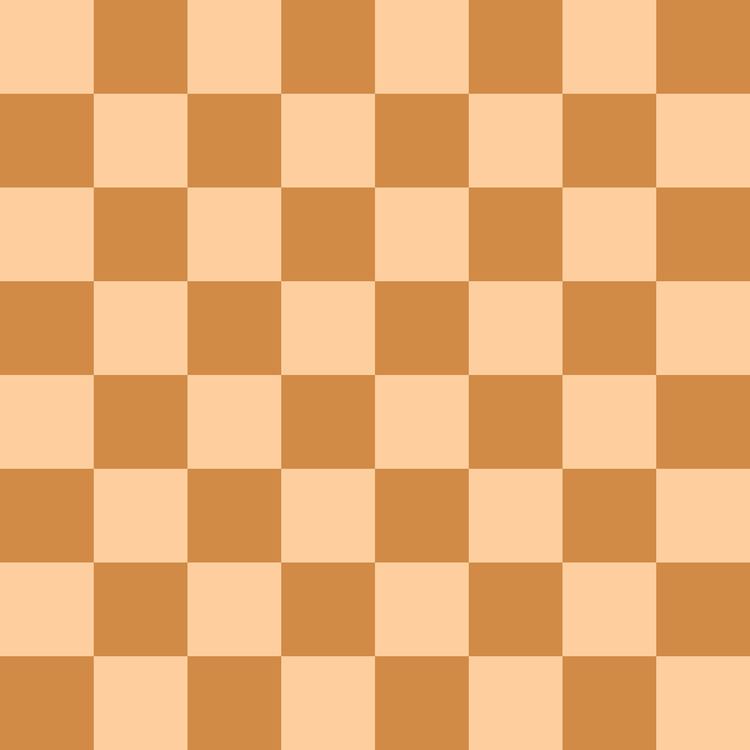 | ||
In chess, Fool's Mate, also known as the "Two-Move Checkmate", is the checkmate in the fewest possible number of moves from the start of the game. This can be achieved only by Black, who can deliver checkmate on move 2 with the queen. Fool's Mate received its name because it can only occur if White plays extraordinarily weakly (i.e. foolishly). Even among rank beginners, the mate almost never occurs in practice.
Contents
Example
An example of the Fool's Mate consists of the moves:
1. f3 e52. g4?? Qh4#resulting in the position shown. The pattern can have slight variations: White might play 1.f4 instead of 1.f3, or might play 1.g4 first, and Black might play 1...e6 instead of 1...e5.
Similar traps
Similar mating patterns can occur early in the game. For example, in 1. e4 g5 2. d4 f6?? 3. Qh5#, the basic Fool's Mate pattern is the same: a player advances his f- and g-pawns, which permit the enemy queen to mate along the unblocked diagonal. One such Fool's Mate is widely reported to have occurred in a possibly apocryphal 1959 game between Masefield and Trinka which lasted just three moves: 1. e4 g5 2. Nc3 f5?? 3. Qh5# A similar mate can occur in From's Gambit: 1. f4 e5 2. g3? exf4 3. gxf4?? Qh4#
Teed vs. Delmar
A well-known trap in the Dutch Defence occurred in the game Frank Melville Teed vs. Eugene Delmar, 1896:
1. d4 f5 2. Bg5 h6 3. Bf4 g5 4. Bg3 f4
It seems that Black has won the bishop, but now comes ...5. e3
Threatening Qh5#, a basic Fool's Mate.5... h5 6. Bd3?!
6.Be2 is probably better, but the move played sets a trap.6... Rh6??
Defending against Bg6#, but ...7. Qxh5+!
White sacrifices his queen to draw the black rook away from its control of g6.7... Rxh5 8. Bg6#
Greco vs. NN
A similar trap occurred in a game published by Gioachino Greco in 1625:
1. e4 b6 2. d4 Bb7 3. Bd3 f5? 4. exf5 Bxg2? 5. Qh5+ g6 6. fxg6 Nf6??
6...Bg7 would have prolonged the game, as the move opens a flight square for the king at f8. White still wins with 7.Qf5! Nf6 8.Bh6 Bxh6 9.gxh7 Bxh1 10.Qg6+ Kf8 11.Qxh6+ Kf7 12.Nh3, but much slower than in the game.9...e6 opens another flight square at e7. White then checks with 10.Qg6+ Ke7.7. gxh7+! Nxh5 8. Bg6#
